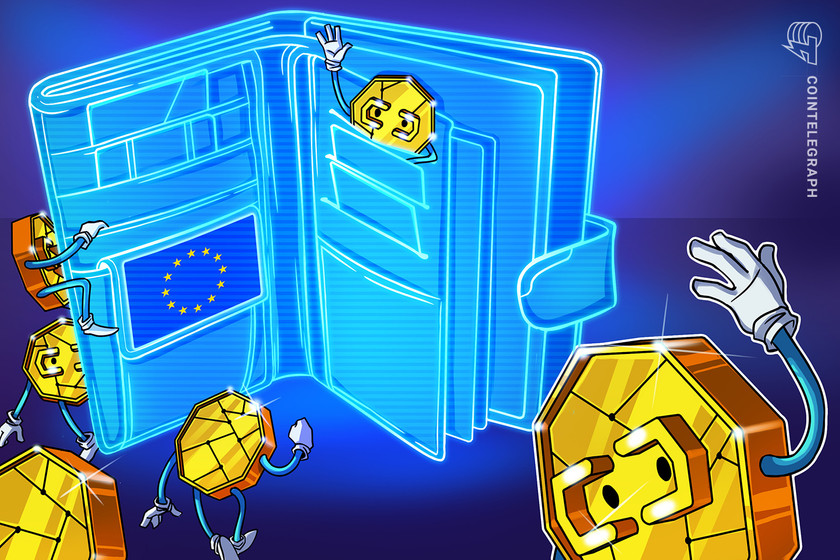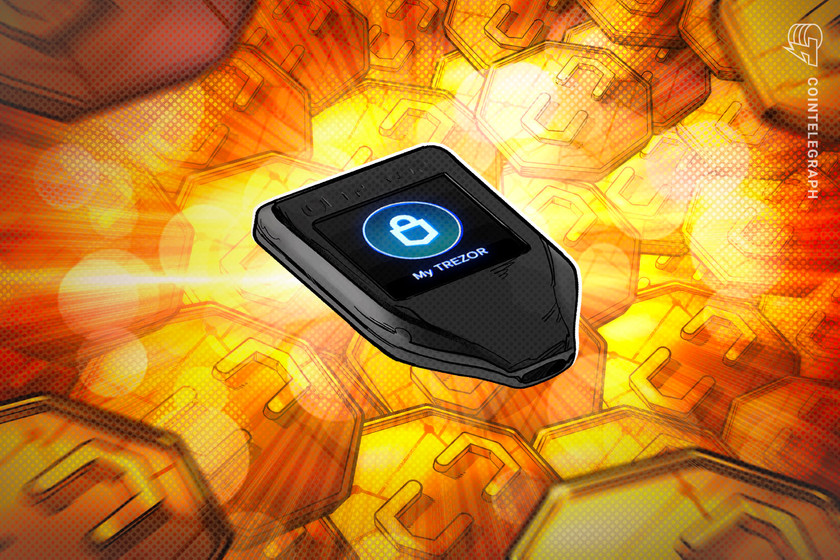Trust the best strategy in crypto bear market — Trust Wallet CEO


Cointelegraph sat down with Trust Wallet CEO Eowyn Chen to talk about how Web3 can become a better experience for everyone.
Bringing the global crypto and blockchain communities together in Istanbul, Turkey, the Binance Blockchain Week 2023 was a clear indicator that the Web3 ecosystem continues to grow regardless of price movements.
Despite being a Binance event, the conference housed several key players from the crypto industry.
Among them was Trust Wallet, a decentralized Web3 wallet provider acquired by Binance back in 2018. Since its acquisition, Trust Wallet has been widely seen as “the wallet arm of Binance.” This is why the Binance Blockchain Week visitors were caught off-guard when the crypto exchange announced its own Web3 wallet.
Trust Wallet CEO Eowyn Chen — a former vice president at Binance — clarified that “Binance focuses on the centralized, while Trust Wallet works toward the decentralized ecosystem,” adding that Trust Wallet has a neutrality that can serve and partner with anyone in the crypto industry.
“We think that keeping that independence and distance is the best way to keep the culture and the talents running for its own mission.”
Trust Wallet was born in 2017 during the initial coin offering craze due to the need for an accessible mobile wallet, Chen said.


“Recently, we became a sister company of Binance rather than operating under Binance because we can have a better playing field,” Chen explained.
“Scammers provide better customer support”
Compared to fixing the user experience, solving the security issues across Web3 is trickier, according to Chen.






















